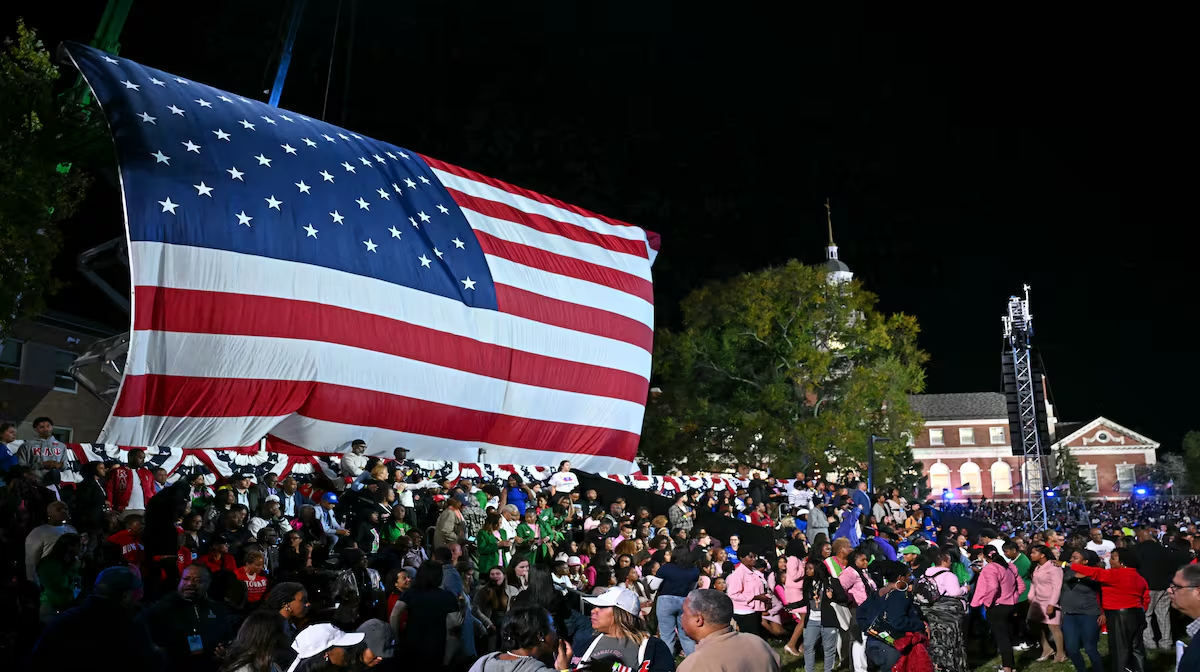Related Posts

Daylight savings time
Alright, let's dive in and whip up an engaging piece on daylight savings time. Daylight Savings Time: A Double-Edged Sword in Modern Society Daylight savings time (DST) is one of those polarizing topics that can provoke passionate debates in everything from casual conversations to legislative chambers. Its origins, implications, and effectiveness are continuously scrutinized, questioning whether this century-old practice still holds merit in our contemporary world. The Genesis of Daylight Savings Time The concept of daylight savings time isn't new. It has deep historical roots dating back to the early 20th century. Proposed initially by George Vernon Hudson in 1895 and later independently by William Willett in 1907, daylight savings time aimed to make better use of daylight during the longer days of summer. Hudson, an entomologist, valued the extra evening daylight for collecting insects, whereas Willett saw the social and economic potential of extended daylight hours. World War I: The Turning Point The first significant adoption of daylight savings time occurred during World War I. In 1916, Germany became the first country to implement DST to conserve fuel by reducing the need for artificial lighting. Soon, many other European countries followed suit, leading to a domino effect that spread across continents. The Global Adoption of Daylight Savings Time Fast forward to today, over 70 countries implement daylight savings time in some form, though the start and end dates can vary widely. The practice aims to capitalize on daylight, pushing clocks forward in spring ("spring forward") and reverting them in autumn ("fall back"). Economic and Energy Considerations…

How many electoral votes does California have?
How Many Electoral Votes Does California Have? Understanding the Importance…